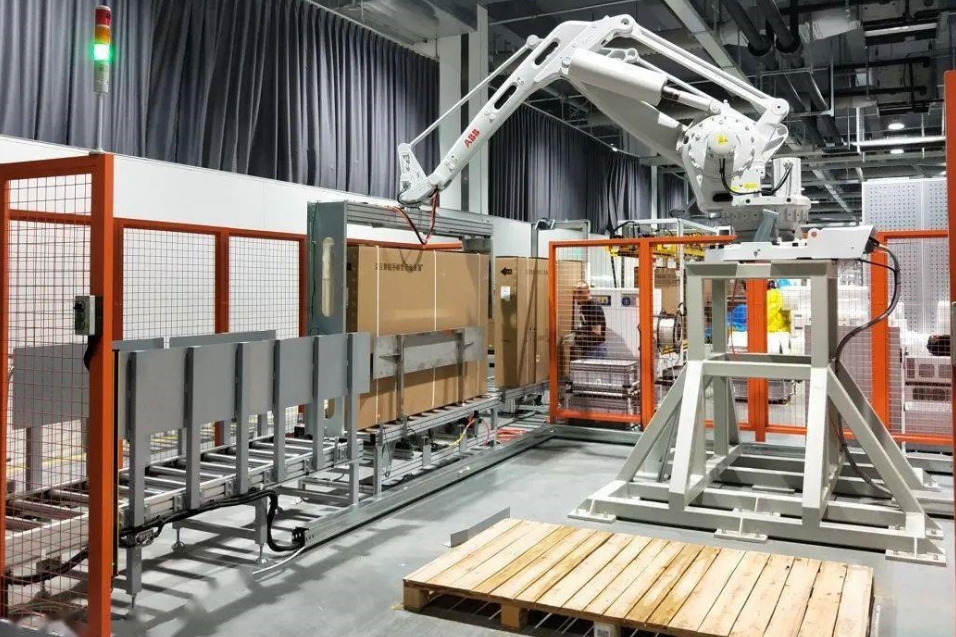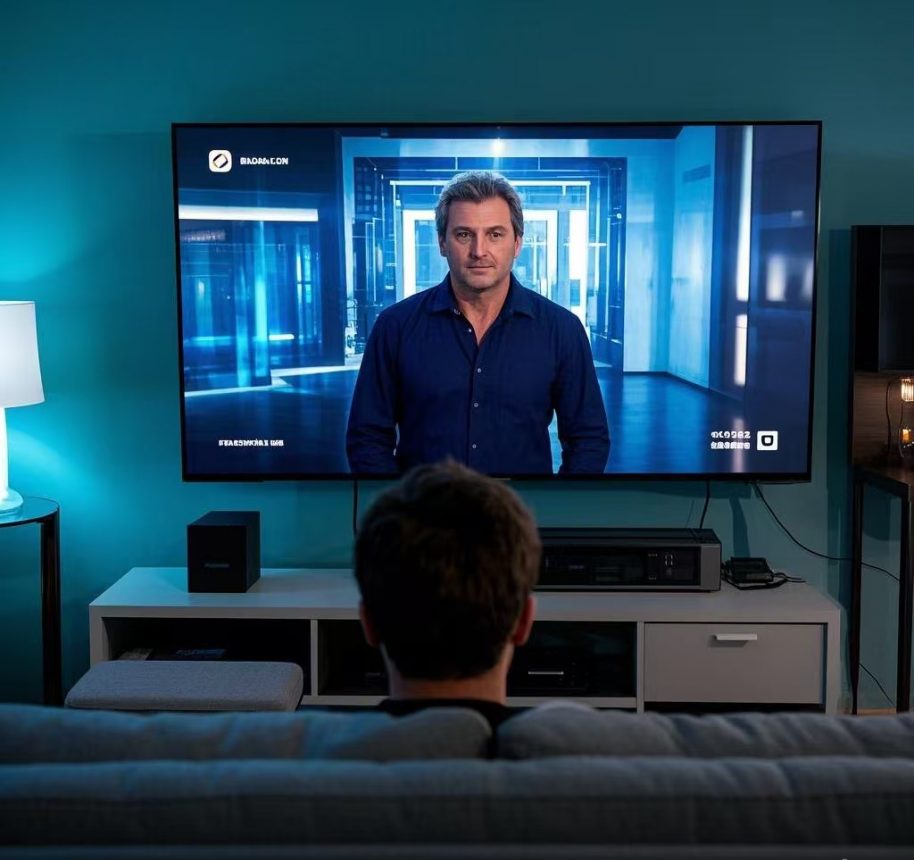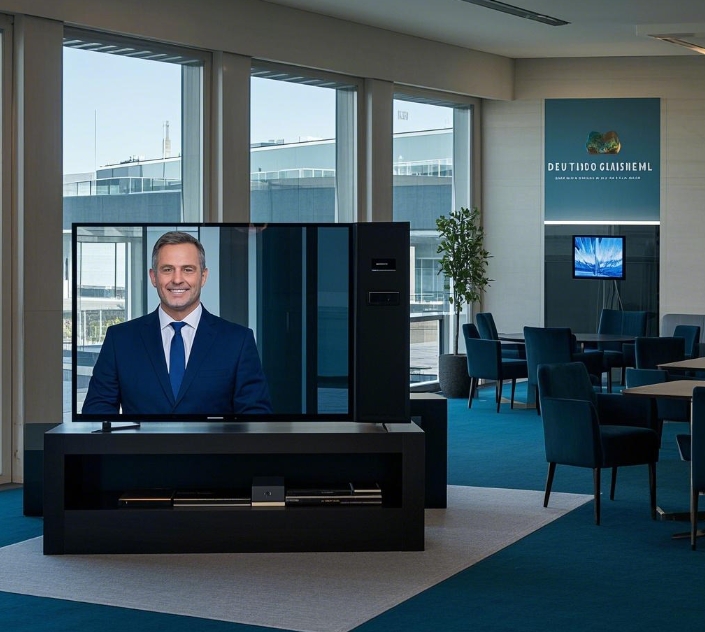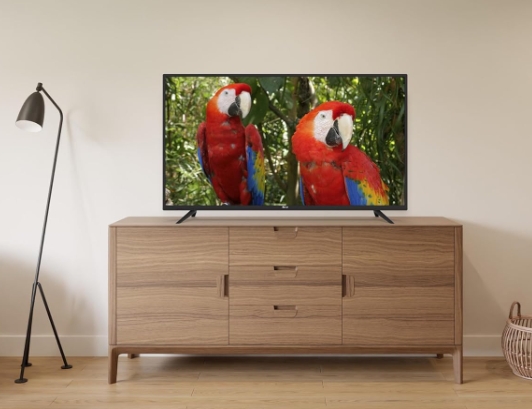How the TV Wholesale Industry Drives Innovation and Efficiency in TV Production

The TV wholesale market plays a vital role in the distribution of televisions worldwide. As consumer demand for high-quality televisions grows, the wholesale TV industry is adapting to meet these demands.
From wholesale TV distributors to TV wholesale suppliers, understanding the complex processes involved in TV production can provide valuable insight into the future of television manufacturing and retailing.
In this blog post, we will explore the key steps in the TV wholesale supply chain, the role of TV wholesalers, and how technological advancements are transforming the television industry.
The TV Wholesale Supply Chain: From Production to Distribution
TV wholesale distributors are a critical part of the supply chain, responsible for sourcing televisions from manufacturers and distributing them to various retailers or directly to consumers.
The process is far more complex than simply purchasing products at bulk prices and reselling them.
Let’s take a closer look at how the wholesale TV supply chain works.
1. Manufacturing Process: Creating High-Quality Televisions
The production of televisions is an intricate and automated process, requiring high levels of precision and advanced technology.
Component Manufacturing: The process starts with the production of key components like LCD panels, LED backlighting systems, circuit boards (PCBs), and TV housings.
Modular Assembly: Modern TV production uses modular assembly techniques, which allow for more efficient production lines.
This modular approach ensures that each component, such as the LCD panel and backlighting system, can be assembled with greater accuracy and speed.
Electronic Component Assembly: Automated Surface Mount Technology (SMT) is used to place electronic components like resistors, capacitors, and integrated circuits onto circuit boards.
This ensures that each television meets the necessary electrical and functional standards.
Optical Component Integration: For high-end LED and OLED televisions, the integration of optical components, such as LED arrays or OLED panels, takes place.
This process is carried out using specialized equipment to ensure picture quality.
2. Automation and Efficiency: The Rise of Smart TV Production Lines
As technology advances, TV wholesale suppliers are increasingly relying on automation and artificial intelligence to streamline production.
Automated assembly lines, robotic arms, and AI-based vision inspection systems have become commonplace in modern TV wholesalers‘ factories.
These innovations significantly enhance efficiency while also reducing human error.
Smart Automation: With the advent of smart automation, production lines can now operate 24/7, reducing labor costs and increasing output.
Quality Assurance and Testing: Throughout the production process, each television undergoes rigorous quality control checks, from electrical performance to screen resolution.
TV wholesalers rely on precise testing to ensure that their products meet the highest standards of durability and performance.
Key Players in the TV Wholesale Industry
The wholesale TV industry is vast, and several key players are involved in ensuring that high-quality televisions reach retailers and consumers alike.
Here are some of the primary entities in the TV wholesale ecosystem:
1. Wholesale TV Distributors
Wholesale TV distributors are intermediaries between manufacturers and retailers.
They handle the logistics of shipping bulk orders of televisions to various regions.
By negotiating favorable deals with manufacturers, these distributors ensure a steady supply of televisions to meet market demands.
2. TV Wholesale Suppliers
TV wholesale suppliers are the backbone of the TV wholesale outlet market.
They not only supply retailers with the latest television models but also help with inventory management, pricing strategies, and marketing.
Suppliers often work closely with manufacturers to secure exclusive deals and early access to new TV models.
If you’re looking for reliable wholesale TV suppliers, check out our range of bulk television products that can help you grow your retail business.
3. TV Wholesalers
TV wholesalers are typically bulk purchasers of televisions who buy large quantities directly from manufacturers.
They then sell these televisions at a competitive price to retailers or even directly to consumers.
In many cases, TV wholesalers offer discounted prices for bulk purchases, making them a key player in the pricing structure of the TV retail market.
Choosing the Right TV Wholesale Supplier for Your Business
When selecting a TV wholesale supplier, it’s important to consider several factors to ensure you’re getting the best value and the most reliable products for your business.
Here are some essential considerations:
Quality Assurance: Partner with wholesale TV suppliers that provide high-quality, well-tested products.
Ensure they offer warranties or guarantees to protect your customers and your reputation.
Competitive Pricing: Since wholesale TV distributors typically operate on tight margins, it’s crucial to find a supplier that offers competitive pricing without sacrificing quality.
Product Variety: Choose a TV wholesale supplier that provides a wide range of televisions, from budget models to high-end OLED and 4K TVs, to meet the diverse preferences of your customers.
Shipping and Delivery: Timely delivery is key to maintaining your business operations.
Work with TV wholesalers who have a proven track record for fast, reliable shipping.
The Future of TV Wholesale Industry
As demand for smart, high-definition, and energy-efficient televisions increases, the TV wholesale industry is poised for significant growth.
The development of 8K TVs, larger screen sizes, and advancements in OLED and QLED technologies will continue to shape the market.
Additionally, with the rise of e-commerce, the wholesale TV outlet industry is seeing more online retailers emerging as key players.
TV wholesale suppliers must adapt to changing consumer preferences and technological innovations to stay competitive.
The next few years will likely see more direct-to-consumer models, where wholesale TV distributors can bypass traditional retail channels to reach customers more efficiently.
Conclusion
The TV wholesale market is an essential part of the television industry’s ecosystem.
From the assembly line to the distributor, every step in the production and distribution of televisions plays a vital role in ensuring that consumers have access to high-quality, innovative products.
Whether you’re a retailer looking for reliable wholesale TV suppliers, a consumer in need of a new TV, or a business interested in partnering with wholesale TV distributors, the landscape is full of opportunities and evolving trends.
By understanding the TV wholesale supply chain and the crucial role of TV wholesalers, businesses and consumers alike can make more informed decisions.
The future of the TV wholesale industry looks promising, driven by technological advancements and the growing demand for cutting-edge television technology.



















